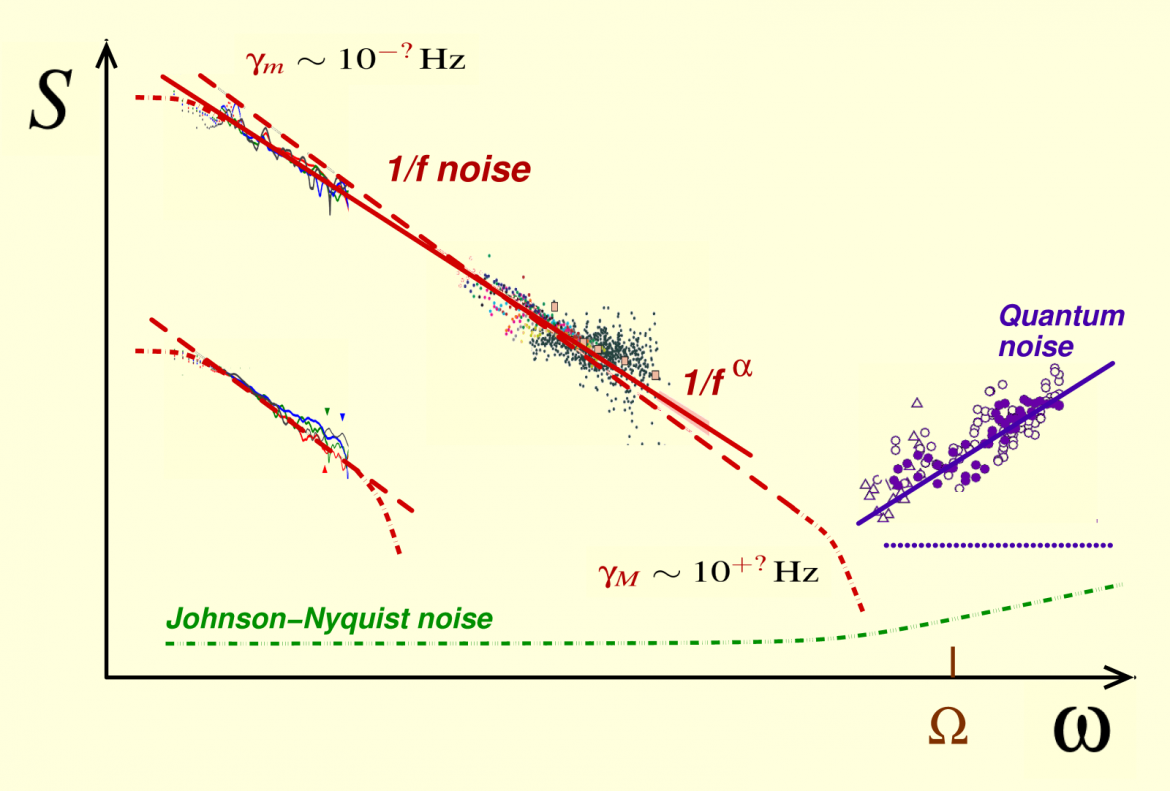
Fascinating aspects of Nature that defy our intuition, such as quantum entanglement and quantum collapse, are at the basis of research conjugating fundamental physics with innovative technologies exploiting genuinely quantum behavior. Recent progresses foresight that quantum technologies are now at hand, research being conspicuously funded by public institutions and industries worldwide, as the EU FET-Flagship for the 2018-28 decade.
Nanofabricated solid-state devices provide one of the elective hardware for quantum technologies.
Our research is focused on noisy quantum networks which are paradgmatic architectures in quantum information, and more in general in fields where exploiting quantum dynamics may lead to fundamental advantages in performing certain tasks. Systems of our interest are integrated superconducting quantum architectures of artificial atoms, graphene-based nano-devices and biomemetic systems where energy harvesting, transport and conversion may reach nearly ideal efficiency, thanks to the interplay of coherence and noise.
In this context we plan to develop the following two theoretical and numerical enabling techniques.
-
New analytical and numerical techniques based on the Renormalization Group ideas to derive low-frequency effective models for noisy quantum networks
-
New techniques based on the “Wave-Function Monte Carlo” method, extended to accout for non-Markovian noise (1/f), implementing a code using GPU computing. Integrating this code with a quantum environment simulator using tensor network representation. This code will allow to study small quantum networks and address strategies of passive (optimal choice of parameters, "sweet spot") or active (closed and open loop) stabilization.
Catania Unit contact person: Elisabetta Paladino
Our main research topics are:
Open quantum systems, quantum control and sensing
Nanodevices allow for flexible design solution and easy individual addressing. On the other hand coupling with uncontro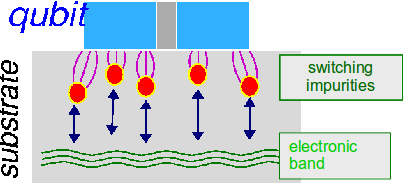 lled degrees of freedom of the solid-state environment, as switching impurities, may be strong. This leads to decoherence effects worse than in atomic physics or in quantum optics. They are often due to low-frequency (1/f) noise.
lled degrees of freedom of the solid-state environment, as switching impurities, may be strong. This leads to decoherence effects worse than in atomic physics or in quantum optics. They are often due to low-frequency (1/f) noise.
We have investigated effects of solid state broadband noise and their characterization in various architectures, from single/coupled quantum bits to artificial multilevel atoms, also in the presence of time-dependent external driving fields.
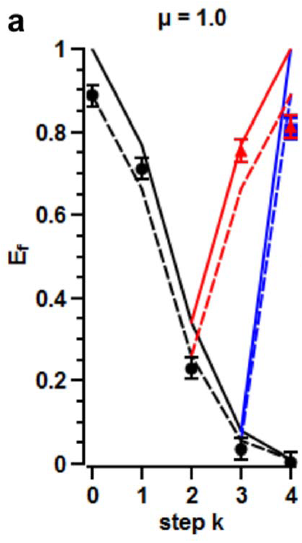
Optimizing the trade off between stronger couplings and efficient drive on one side, and injected noise, is a central issue for solid-state coherent architectures. We have investigated strategies of “dynamical protection”, via protocols of open-loop quantum control. This includes high-fidelity multi-qubit gates and entanglement recovery by local control.

Collaborations
G. Benenti, Center for Nonlinear and Complex Systems, Universita degli Studi dell’Insubria, Como (I)
F. Sciarrino and P. Mataloni, Quantum Information Lab, Dipartimento di Fisica, Roma La Sapienza (I)
Contact Person: E. Paladino
Selected Pubblications:
E. Paladino, Y. Galperin, G. Falci, B. L. A. Altshuler, Rev. Mod. Phys. 86, 361 (2014)
A. Orieux, A. D’Arrigo, G. Ferranti, R. Lo Franco, G. Benenti, E. Paladino, G. Falci, F. Sciarrino, P. Mataloni, Sci. Rep. 5, 8575 (2015).
A. D'Arrigo, G. Falci, E. Paladino Phys. Rev. A 94, 022303 (2016).
Software: C++, Mathematica
Quantum technologies with architectures of artificial atoms
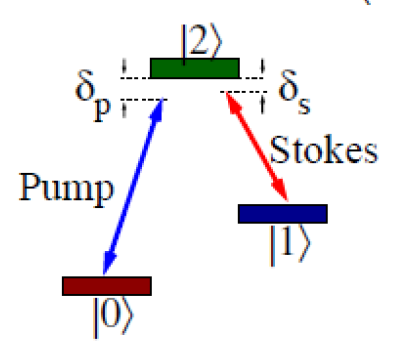
Our research is focused on distributed architectures, mainly made of superconducting devices or more in general hybridized with photons and atomic-like centers in solids, and on the implementation and control of entanglement in ultrastrongly coupled matter and radiation.
We have studied nanodevices implementing advanced quantum control techniques for population/state transfer and state targeting as STIRAP. A protocol for dynamical detection of the ultrastrong artificial atom-harmonic mode coupling regime amplified by STIRAP has been recently proposed.
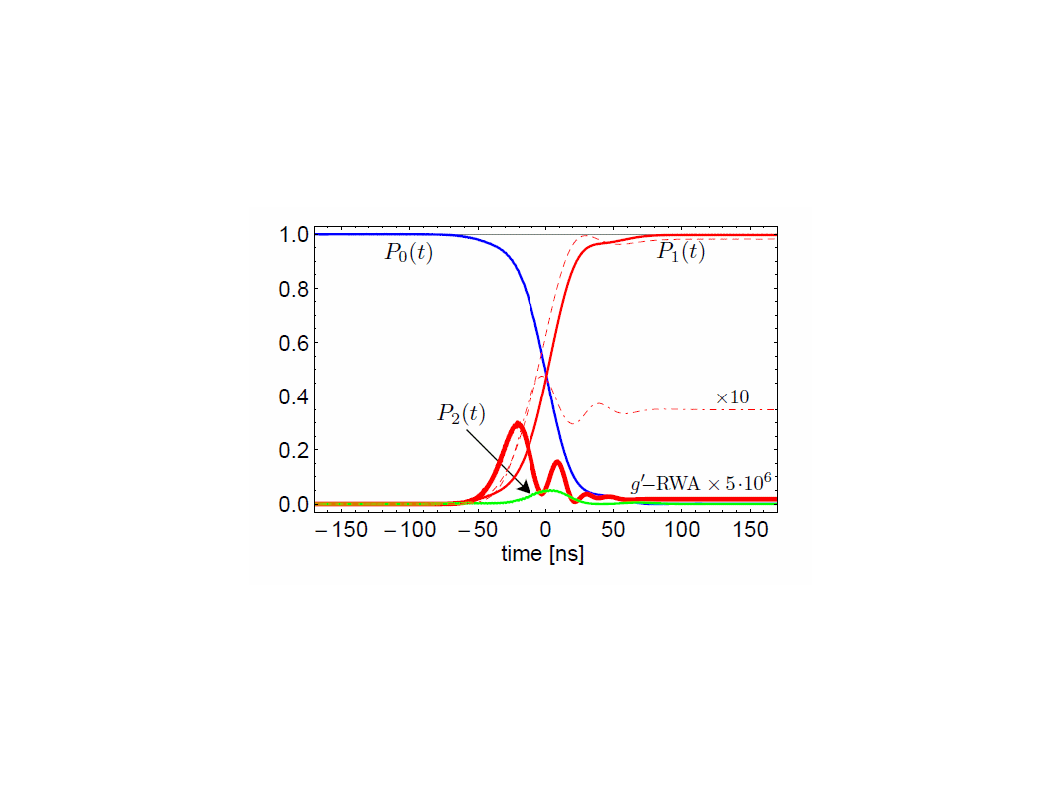
Collaborations
S. Paraoanu, Low Temperature Laboratory, Department of Applied Physics, Aalto University School of Science, Finland
Contact Person: G. Falci
Selected Pubblications:
G. Falci, A. Ridolfo, P.G. Di Stefano, E. Paladino “Ultrastrong coupling probed by Coherent Population Transfer ” arXiv:1708.00906
P. G. Di Stefano, E. Paladino, T. J. Pope, G. Falci, Phys. Rev. A 93, 051801(R) (2016)
P. G. Di Stefano, E. Paladino, A. D’Arrigo, and G. Falci, Phys. Rev. B 91, 224506 (2015).
A. Vespalaineen, S. Danilin , E. Paladino, G. Falci, G. S. Paraoanu Photonics 3, 62 (2016)
Software: C++, Mathematica
Graphene
Graphene is a single layer of carbon atoms arranged in a hexagonal lattice. Despite its simplicity and although sporadic attempts to study graphene can be traced back to 1859, there has been an explosion in research on this material only since 2004, when A. Geim and K. Novoselov (University of Manchester, UK) discovered and isolated a single atomic layer of carbon for the first time. The thinness of this material allows it to be extremely flexible and to conduct heat and electricity fantastically well. Furthermore, graphene has a remarkable flexibility which could be used in emerging technologies such as rollerball computers, heat sensitive clothing, and flexible phones. In the meanwhile, it is one of the strongest material known, it is over 200 times stronger than steel. Together with its mechanical properties, the electronic properties of graphene are outstanding. These allow to realize high-mobility devices and to clealy identify the occurrence of hydrodynamic transport features.
Our research on graphene and graphene-based nano-devices focuses on
-
Impact of graphene as the active medium in THz QED cavity [1].
-
Occurrence of hydrodynamic transport features in high-mobility all-graphene devices [2, 3].
-
Graphene Josephson junctions as sensitive sensors of carrier and mobility fluctuations.
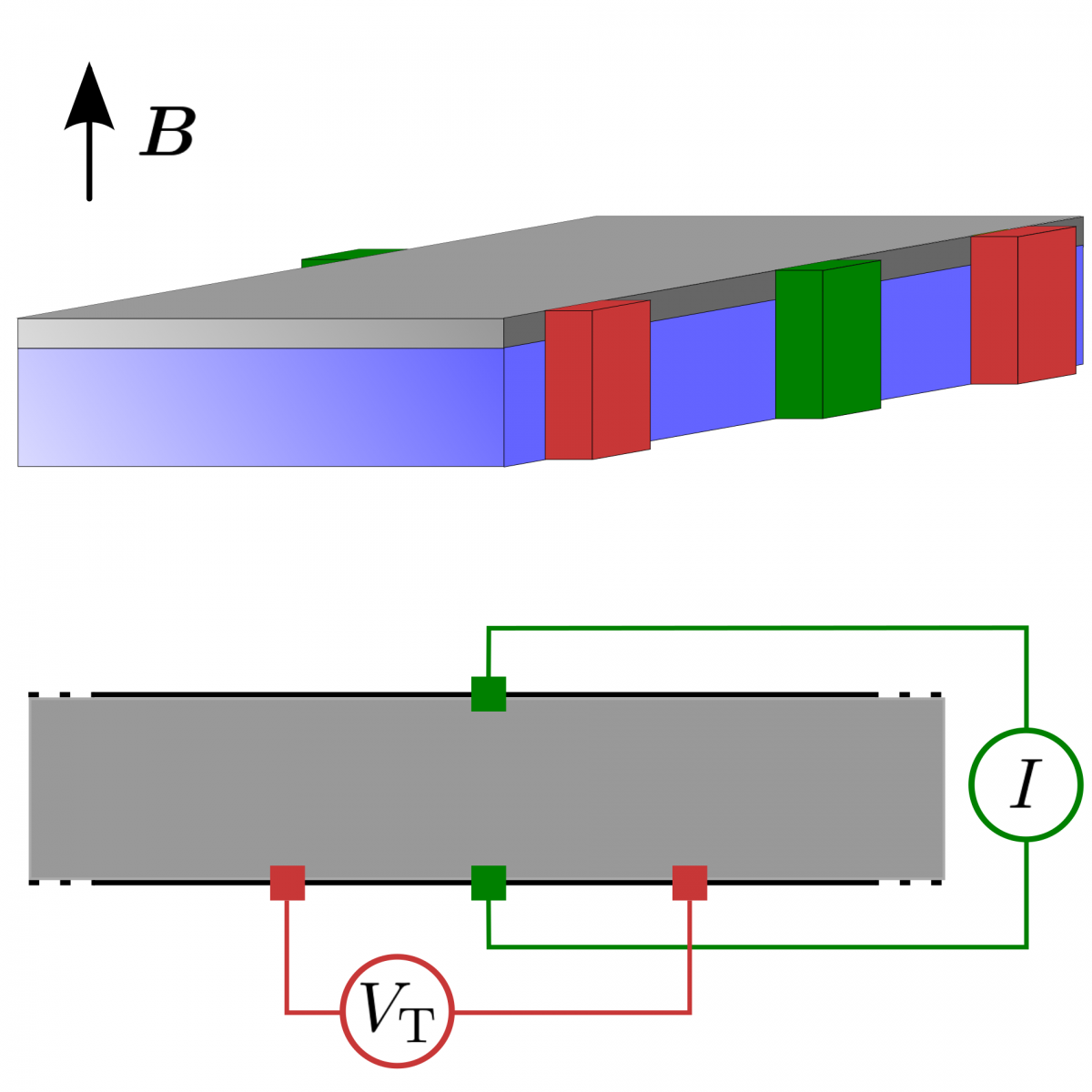
Collaborations: V. Giovannetti (SNS), A. H. MacDonald (University of Texas) , M. Polini (IIT), A.K.Geim’s group of Manchester.
Contact persons: F. M. D. Pellegrino, E. Paladino
Selected Pubblications:
[1] Pellegrino, F. M. D. et al., Nature Commun. 7, 13355 (2016).
[2] R. Krishna Kumar et al., Nature Physics, 13, 1182 (2017).
[3] Pellegrino, F. M. D. et al., Phys. Rev. B 96, 195401 (2017).
Software: Fortran, Python, Mathematica.
Computational facilities:
PC Intel Core 2 Duo with 2 GB RAM and 400 GB HDD and a PC Intel Core Quad Extreme with 4 GB RAM and 500 GB HDD, which is used to work in parallel also in mini-cluster configuration with the Core 2 Duo. Multiprocessor system with hybrid architecture CPU-GPU for high performance calculus (HPC) allowing rates of 5.5 Tflops, scalable in future.


